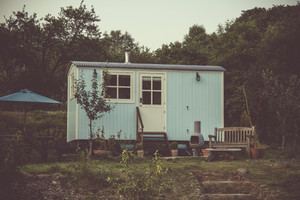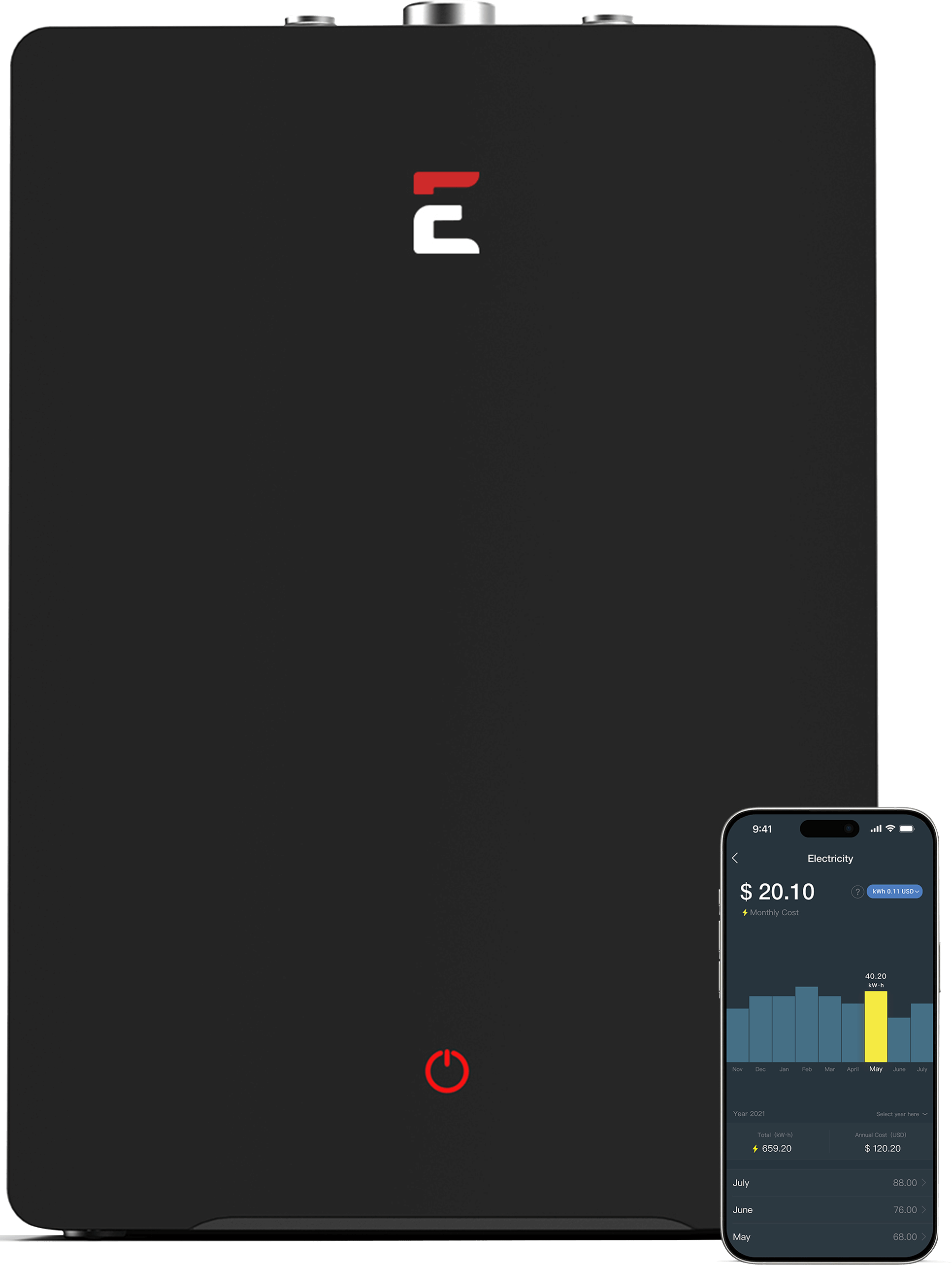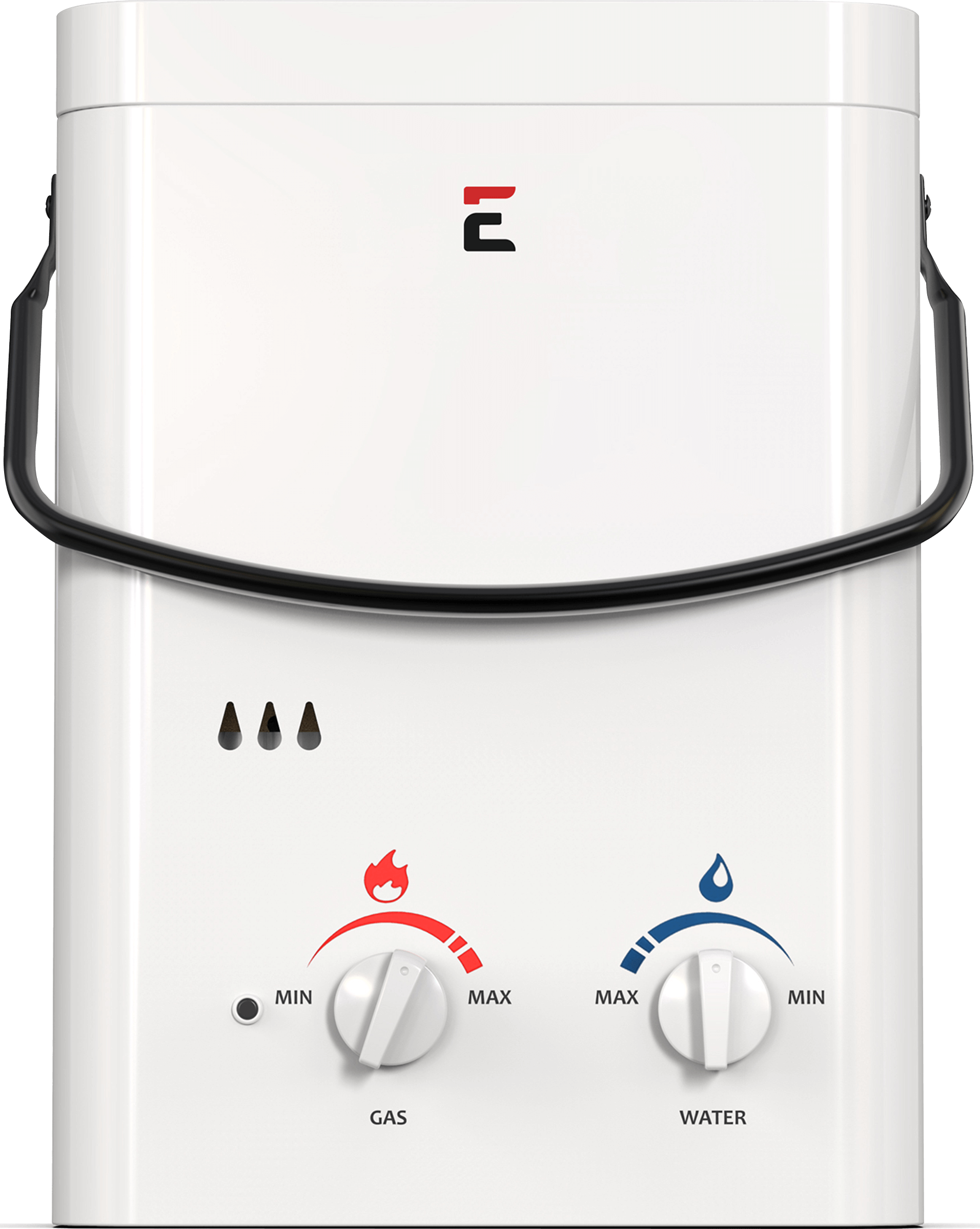How Smart Grids & Time-of-Use Pricing Are Changing Hot Water Usage in Canada
Across Canada, the way households consume electricity is undergoing a transformation. Smart grids and time-of-use pricing are reshaping when and how energy is used, and one of the most significant shifts is happening in the area of hot water consumption. As utilities move toward demand response programs and dynamic electricity rates, homeowners are finding new ways to optimize water heating while lowering costs. This transition is particularly relevant for tankless and smart water heating systems, which are increasingly capable of integrating with grid signals and adjusting operation to take advantage of time-of-use incentives.
The rise of smart grids in Canada
Smart grids represent a modernized electricity system where utilities and consumers interact more intelligently. Unlike older infrastructures that sent power in a one-way flow from generation to homes, a smart grid is designed for two-way communication. It allows utilities to send pricing signals, monitor demand in real time, and even shift loads automatically based on grid conditions. For Canadian households, this means the potential to better align energy use with the broader needs of the grid.
Water heating is one of the largest contributors to residential electricity demand. In regions where electric water heating is common, it accounts for a significant portion of household consumption. By aligning hot water usage with grid signals, Canadians can reduce pressure on peak demand times while enjoying lower costs when electricity is cheaper.
Understanding time-of-use pricing
Time-of-use pricing is a structure where electricity costs vary depending on the hour of the day. During periods of high demand, such as early mornings or evenings, rates increase to reflect the added strain on the grid. In off-peak hours, usually overnight or mid-day, electricity is much less expensive. Provinces like Ontario have already implemented widespread time-of-use programs, and more regions are adopting similar structures to encourage consumers to shift their consumption patterns.
This pricing model creates an opportunity for homeowners to take control of when they use electricity for hot water. Instead of relying on heating during costly peak periods, homeowners can schedule water heating during cheaper off-peak windows. For tankless and smart water heaters, this becomes even more efficient, as these devices can be programmed or signaled to respond to utility rate changes automatically.
The role of demand response programs
In addition to time-of-use pricing, demand response programs are being introduced across Canada. These initiatives allow utilities to directly incentivize households to shift energy usage away from peak demand periods. For example, during a particularly hot summer day when air conditioning use surges, utilities can request that households reduce their load in exchange for financial rewards.
Smart water heating systems are particularly well-suited for these programs. Because hot water demand can often be flexible—such as heating water just before a shower or in preparation for evening use—demand response signals can shift the timing of water heating without compromising comfort. This means homeowners not only save money but also contribute to the stability of the electricity grid.
Tankless and smart water heaters as part of the solution
One of the most compelling aspects of tankless and smart water heaters is their ability to operate on demand while also integrating with smart grid technology. Unlike older appliances that function in isolation, these modern systems can communicate with smart meters and energy management platforms.
For example, an Eccotemp smart water heater can be paired with a home’s Wi-Fi network, allowing it to adjust heating cycles based on electricity pricing signals. Homeowners can schedule heating for times when rates are low, or the system can be programmed to automatically respond to demand response events. This seamless integration allows for more precise control over hot water usage and ensures that the household is optimizing both energy efficiency and costs.
How Canadian households benefit
The financial benefits for Canadian households can be substantial. By shifting hot water usage to off-peak periods, families may see a noticeable reduction in their electricity bills. In provinces where peak rates are significantly higher than off-peak rates, the savings can accumulate quickly over a year.
There are also environmental advantages. Reducing hot water heating during peak demand lowers the need for utilities to bring additional, often less efficient, generation sources online. This helps cut greenhouse gas emissions and supports Canada’s broader climate goals. Homeowners participating in demand response programs are directly contributing to the reduction of strain on the grid, making energy use more sustainable across the country.
Overcoming challenges with smart integration
While the opportunities are clear, homeowners may initially feel uncertain about how to manage hot water usage with smart grids and time-of-use pricing. One challenge is the variability of hot water demand, which is often tied to daily routines. However, with a tankless or smart water heater, heating can be programmed around these routines. For example, if showers typically occur in the morning, the system can ensure that hot water is ready just before peak pricing begins, thereby avoiding higher costs.
Technology is also making this easier. Mobile apps connected to smart water heaters allow homeowners to adjust heating times remotely, giving them flexibility if routines change. Energy management systems can automate scheduling so that water heating occurs at the lowest-cost times without requiring constant monitoring.
The role of Eccotemp in Canada’s transition
Brands like Eccotemp are at the forefront of integrating water heating with smart technologies. Eccotemp’s smart water heating solutions are designed to work seamlessly with home networks, providing homeowners with intuitive control over when and how water is heated. With features like scheduling, remote monitoring, and potential integration with grid signals, these systems are well-positioned to help Canadians adapt to the evolving energy landscape.
As provinces continue to expand smart grid infrastructure, products that can align with time-of-use pricing and demand response programs will become even more valuable. For Canadians seeking both cost savings and sustainable living, investing in smart water heating technology represents a forward-thinking choice.
Looking ahead to a smarter energy future
The future of energy in Canada is increasingly tied to flexibility and responsiveness. Hot water usage, once considered a fixed part of household demand, is now becoming dynamic. With the combination of smart grids, time-of-use pricing, and demand response programs, homeowners are empowered to rethink how and when they use electricity for hot water.
Tankless and smart water heating systems provide the technology to make this transition possible. By integrating with smart grid signals, these systems allow households to reduce costs, support grid stability, and contribute to national climate goals. The shift requires a mindset change, but with the tools now available, Canadians are well-positioned to benefit from this new energy era.
Conclusion
Canada’s adoption of smart grids and time-of-use pricing is reshaping the landscape of household electricity consumption. Hot water usage, once an unchangeable part of daily life, is becoming more flexible and responsive. Through smart water heating solutions, such as those offered by Eccotemp, homeowners can align their energy use with dynamic electricity rates and demand response programs.
This transformation goes beyond individual savings. It represents a collective movement toward a smarter, more sustainable energy system in Canada. By embracing the integration of smart technology and adjusting routines to take advantage of cheaper hours, households are not only reducing costs but also supporting the broader stability of the national grid. As smart grid adoption continues to grow, the role of tankless and smart water heaters will become increasingly central in Canada’s path to a more efficient and environmentally responsible future.
Frequently Asked Questions
How does time-of-use pricing affect hot water usage in Canada?
Time-of-use pricing charges different rates depending on the time of day. Since hot water heating is a major source of electricity consumption, shifting it to off-peak hours allows homeowners to save money and reduce strain on the grid.
Can smart water heaters connect with the Canadian smart grid?
Yes. Many smart water heating systems, including Eccotemp models, are designed to integrate with smart grids. They can adjust heating cycles based on electricity pricing signals or demand response events, ensuring that water heating happens at the most cost-effective times.
What are demand response programs, and how do they relate to hot water?
Demand response programs are initiatives from utilities that encourage households to reduce energy consumption during peak times. Smart water heaters can automatically adjust heating schedules in response to these signals without disrupting household comfort.
Do tankless and smart water heaters really save money on electricity bills?
Yes. By taking advantage of off-peak electricity pricing and aligning heating with demand response signals, homeowners can see significant reductions in their monthly bills. Savings will depend on regional electricity rates and individual household habits.
Are smart water heaters difficult to manage?
Not at all. Most modern systems come with mobile apps and Wi-Fi connectivity, allowing homeowners to schedule and monitor hot water usage with ease. Once settings are established, the system can operate automatically with little need for adjustment.
Why is shifting hot water usage important for Canada’s energy future?
Shifting hot water heating to align with smart grid signals not only saves households money but also reduces pressure on the grid during peak times. This helps cut greenhouse gas emissions, improves grid reliability, and supports Canada’s clean energy goals.
 Weekly Deals
Weekly Deals
 Water Heaters
Water Heaters
 Accessories
Accessories
 Installation
Installation
 Parts
Parts
 Protection Plans
Protection Plans
















